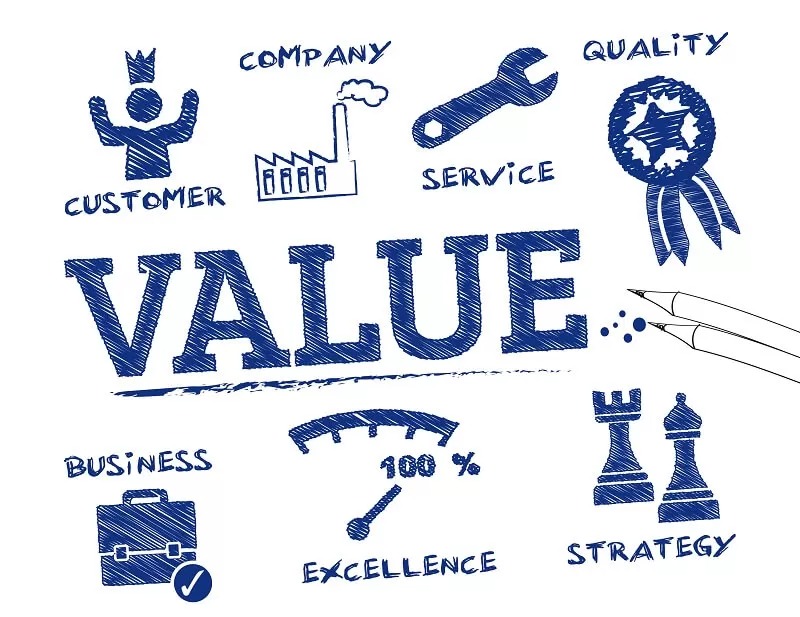
Next-Gen Lead Generation with Jordan Mara: Podcast Transcript
Master prospector Jordan Mara, founder of Coho Sales Consulting – the world’s leading sales training and enablement business for SaaS startups, shares his insights on the value of a high quality research-driven approach.
Steven: Welcome to the show everybody – really excited today to be joined by Jordan Mara! Jordan is the Founder of Coho Sales, the world’s leading sales enablement business for SaaS startups. Jordan was the first outbound sales development representative for Hootsuite, had a huge amount of success there over three years, and was ranked number six out of 250 sales reps.
Steven: Something I’m really impressed with Jordan, we’d worked together on a few projects, is his very current knowledge of modern sales processes, especially prospecting and lead generation in a modern environment, and he’s got a great understanding of the tech stack that support salespeople as well, so really excited to get into this discussion. Jordan, welcome!
Jordan: Hey Steven, thanks so much for having me!
Steven: An absolute pleasure! Something I’m really interested in exploring is we see a lot of companies putting a lot of effort into prospecting and lead generation, but not really getting the results that they want, and I know you’ve seen that. What do you see happening out there?
Jordan: Yeah, it’s something that’s been very, very top of mind for probably all the companies out there that are looking to crack the code on outbound prospecting. What I think happens far too often is that you’ve got this balance of quality versus quantity, and we make this assumption that if we just keep throwing more and more and more in the top that the numbers will work out in the bottom, without focusing on the quality really at all.
Potentially a much better approach on that front is to be beginning with the quality, really, really mastering what it is that works in our market, and doing that at an extremely, extremely microscale. Then as that begins to unfold, and you begin to get your wins and you get to see what resonates with buyers within your market and your ideal customer profiles, then you’re able to take that and roll it out at potentially a bit of a larger scale. Because now you know that all of your messaging and the way that you’re reaching out to these individuals and the channels that you’re reaching them on is the right way of going about it, before you burnt through all of your accounts and leads.
Steven: I think you make some good points, the first is quantity versus quality. I guess a lot of outbound sales operations traditionally very much focused on outbound metrics, and you’re saying we shouldn’t be doing that?
Jordan: I would say that they’re good leading indicators and they’re important to have to some degree, but activity level is just activity level. It’s not anything that has actually happened from the buyer or the prospect’s end, they haven’t taken any action yet, they’re not engaged in the sales process. Let’s take a bit of a look at this from a 10-year lens, so let’s go back to 2008. The first iPhone only came out in 2007, and this was really when the emergence of SaaS companies, software-as-a-service, was happening, and so at this point in time there are hardly any. When we get to 2011, there are about 150 SaaS companies that were out there; in 2017 you had over 5,000 SaaS companies within our tech space specifically. So there’s been a climb from 150 to over 5,000 solutions that are out there.
What this means from a buyer’s perspective is rather than having 150 potential vendors knocking on their door, they have now got over 5,000 that are potentially knocking on their door. And if every single one of those companies are focused on those high-level activity metrics and trying to crank that number up as high as they can, then they’re probably getting endless, endless, endless amounts of sales messages and collateral coming into their voicemail, coming into their inbox, so it’s a noisier environment than ever before. And a lot of organisations still keep that activity level as a key metric, when in fact there’s much more meaningful metrics to be looking at.

Steven: When you talk about quality and looking at customer outcomes or customer actions as the key metric, what does that look like?
Jordan: The first thing is that nobody should be reaching out to a prospect that’s outside of their ideal customer profile. So before even doing any outbound prospecting, first looking at who are our customers, who are we adding value to, who is renewing with us and agreeing that “Yes, we are receiving value from this solution,” and in turn will continue to spend more and more money on it. Once you have that ideal customer profile built out, it’s then a matter of going about prospecting them in a systematic manner, where there’s a much, much larger focus on the quality side. And if you look back from the revenue number that you have to close, it probably won’t end up being some astronomical number of sales; it’s going to be a much lower number of accounts that you actually have to sell to.
So the key there is then to be getting into those very, very specific accounts that you know you can add tons and tons of value to, and the first step on that journey is a conversation. We have to have a two-way connection, and the prospect agreeing that “Yes, we would like to learn more about what this message is that we’ve received from you, what this call was that we got from you,” and it’s at that point that you can then begin to make a bit of a plan as to how to win that account. So the metric that I’m always most focused on and most interested in is the number of initial meetings or initial appointments or initial discoveries that an account executive or an SDR or a business development manager has over the course of a quarter.
Steven: What qualifies as a discovery or this metric you’re talking about?
Jordan: One thing that I’m quite ruthless on is qualification. If we think about it, I know that you’ve got a nice car over there, Steven, and you probably don’t buy a new car all that often; I know you had to make some changes, with the family growing and everything. But when we think about that from a sales perspective, people are very, very rarely in a sales motion. So if we are trying to sell to them when they’re not looking to buy, then it creates this imbalance or a misalignment between the conversations that you’re having, and that just gets uncomfortable.
So qualification is drastically different than discovery, and in that discovery piece I’m really interested in let’s just get a bit of a feel and get the pulse on the account. And if only 10 or 20% of those accounts that we talk to are in a buying motion, then that’s totally fine, because we’ve had the 10 or the 100 conversations. Now what do we do with the remaining 80% that aren’t in a buying motion but are the right buyers, the right individuals that we need to now nurture over a longer period of time?
Steven: You talked about ICP and targets, so we want to narrow the universe that we’re prospecting into to start with, and then you’re talking about doing some initial qualification, and then you’ve got your ongoing leads that are in a buying motion, coming into a buying window and then the rest. How do we narrow that target universe to start with, what sort of process do we go through?
Jordan: One way to look at this is there’s essentially three layers of qualification. First we need to qualify the account: is this a business that will get value from our offering? Then the next one is we need to qualify the prospect or the individual that we’re talking to: is this a person that will be able to buy our solution, at a company that will value from our solution? And then the third piece is we need to qualify the opportunity: is the problem that they have, the challenge that they have or the opportunity that they’re looking to capitalise on in line with the value that our solution can bring to the table?
So if you start by looking at all of the accounts out there and you narrow it down to “Okay, this segment of the market and this segment of accounts will get value from us,” then that’s perfect, now we’ve got essentially an account list that we can be going after. Then within there it’s all about finding that right set of individuals who would make up the buyer personas, and then from there into essentially what the use cases and the business impacts are.
Steven: It sounds very logical, but we know it’s not that easy, and you mentioned there’s a lot of noise out there. So how do we break through the noise? I know you’ve got some pretty good process around this very specific targeting, so maybe you could talk us through how you get to that prospect.
Jordan: Yeah, absolutely. What I would take you back to is when I was first moving into the Australian market, I had been tasked with really hitting the ground running and getting revenue in the door as soon as I got there, and this was in June of 2016. What’s important to note is two things: one, I was going there with zero pipeline because I was new to the market, and, two, I didn’t have any sales development rep or any kind of an SDR to support me in that. [Stopped at 11:09]
…We leave the interview there for now. Follow the link below to listen to the full 35 minute podcast.
Listen to the complete Podcast with Jordan Mara.
Leave me your comments!



